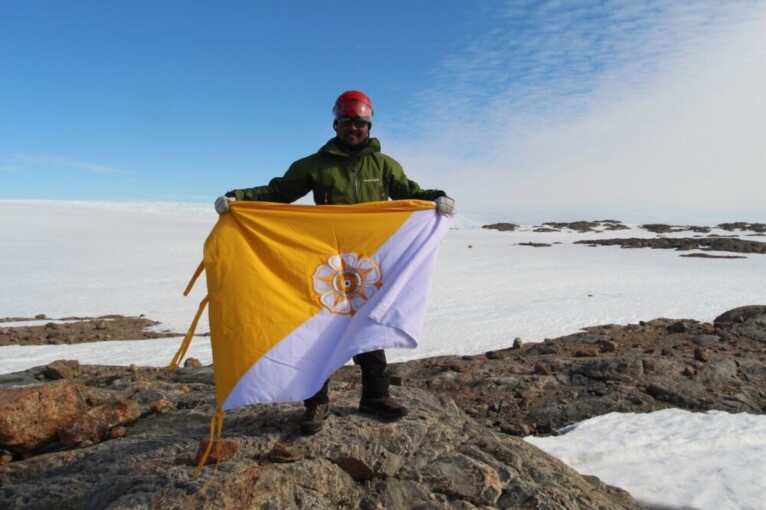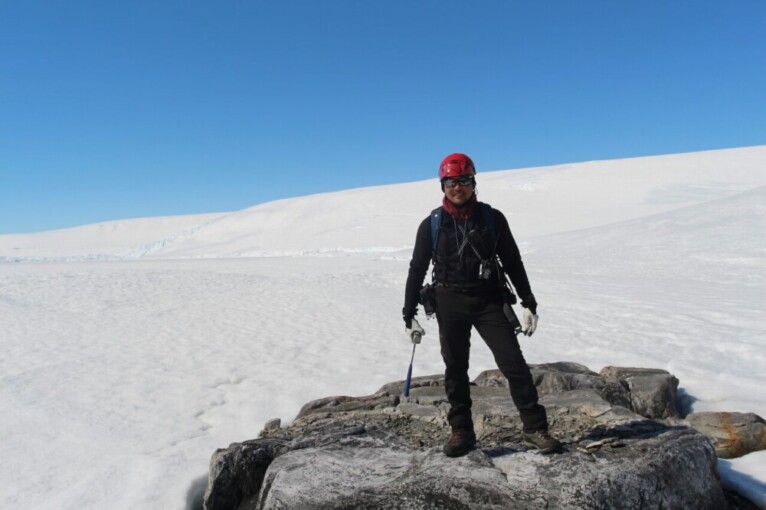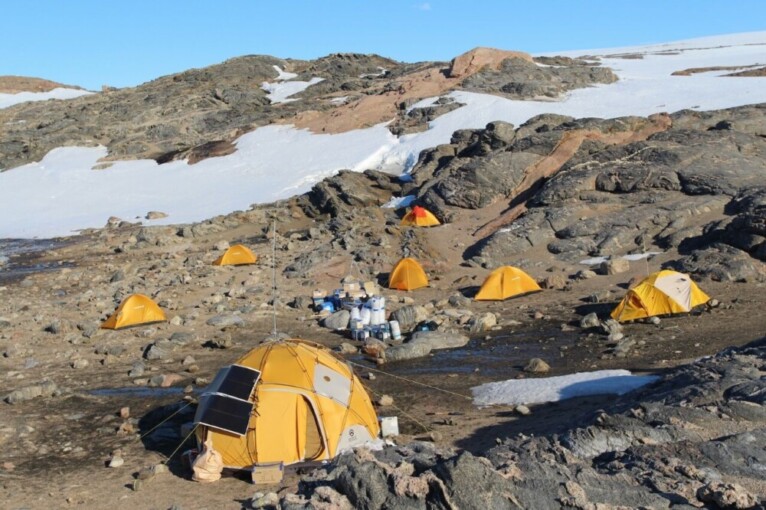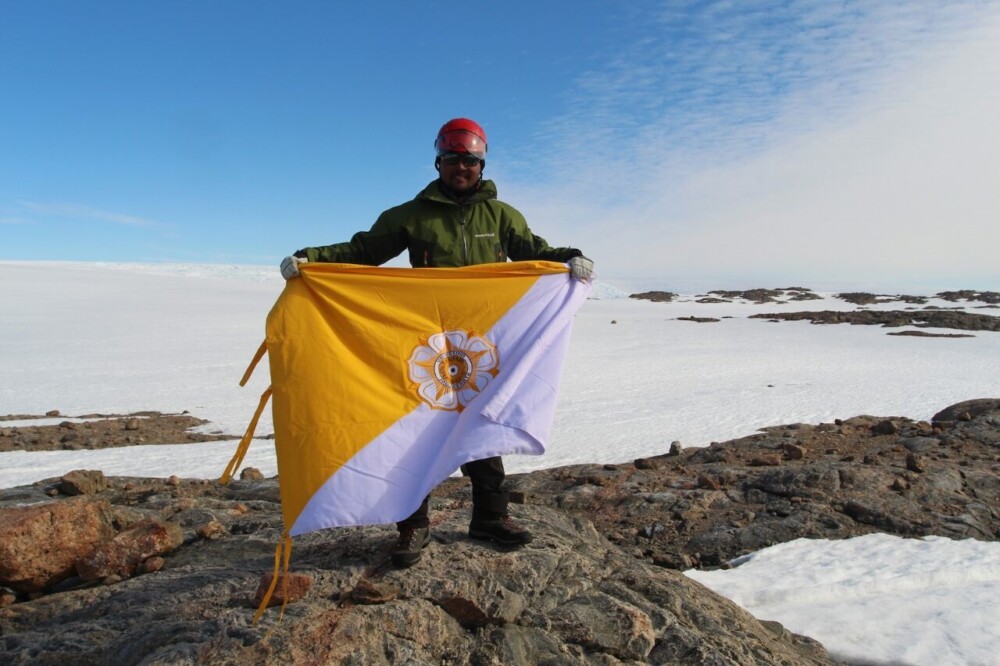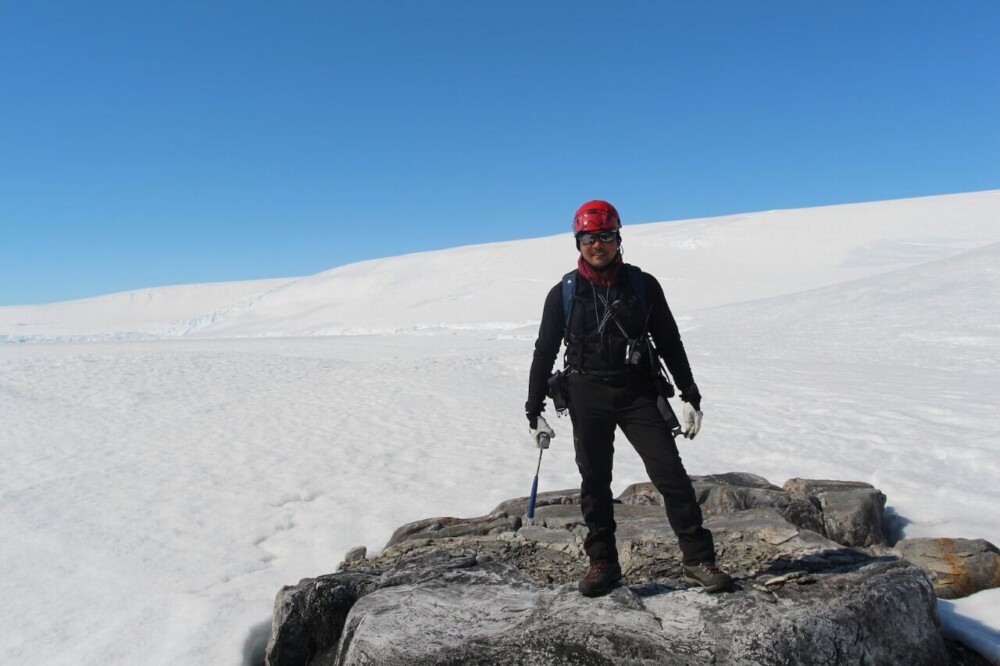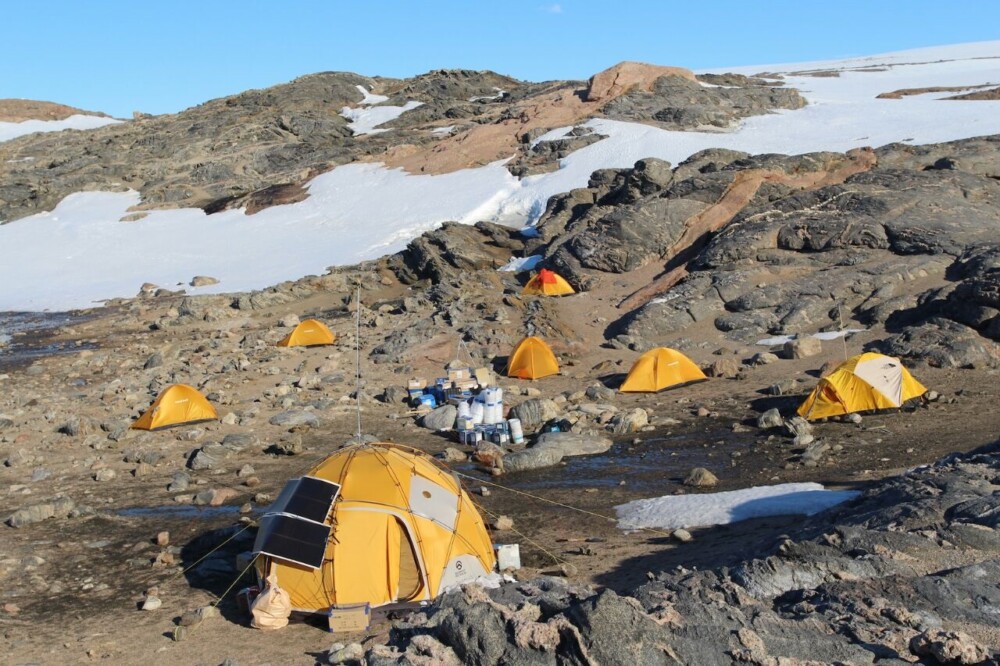A researcher from UGM, Nugroho Imam Setiawan, Ph.D., had completed half of the expedition in the Antarctic as of Saturday (14/1). He had the chance to take a break for a day on a ship called Shirase after 17 days of fieldwork in three different locations.
In a text message via the WhatsApp application, Nugroho explained the fieldwork in terms of geology, field conditions, climate, and the basecamp.
“We make use of the one day break on the Shirase for having a shower, doing laundry, data input, work plans, and having a look of the outside world,” he said.
He added there was still one month of fieldwork to go, weather permitting. As for how they would transfer to another basecamp, he said 2 helicopters were going to pick them in turns. He said, at each basecamp, a big tent was erected for communal activities (having meals and working), and there were seven small tents for each participant and 2 toilet tents.
During the expedition, Nugroho saw there were no other types of rocks except metamorphic rocks (gneiss) and granitoids (pluton or pegmatite) or combinations of both (migmatite). The honeycomb structure is often found in rocks due to the wind blowing on the rock surface in the dry climate conditions.
Nugroho said they would go a 50-10 km distance to collect up to 10-20 kg of rocks samples.
“If we were lucky, we would find a flat surface with the smooth sands underneath due to the wind blowing on the rocks. Otherwise, we would have to stay on sharp edged rocks on a slope. The tent bottom materials and mattress would easily get torn there,” he said.
During the summer, the temperature varies between -5 to 5 degrees Celcius, and humidity between 40 to 60 %. For several times the team had to work when it was -2 degree and snowing. In the tent the temperature is between -1 to 0.
“For 24 hours nonstop the sun would burn and darken our faces despite the sun-block spf 50++ that we used. The low humidity makes the skin near the nails easily torn and sore. But all of these are worth the experience, the science, and the chance to admire divine wonders,” said the geology lecturer of UGM.
Nugroho Imam Setiawan was selected to join the Antarctic expedition that was staged by Japan Antartic Research Expedition (JARE) and that conducted research into the future of the earth. Nugroho is the only participant coming from Southeast Asia. The expedition was planned to last for two months from January-February 2017.



